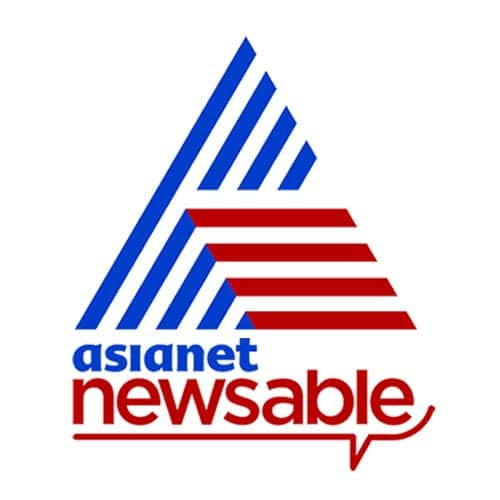synopsis
Protests have erupted in Ladakh, where thousands, organized by the Leh Apex Body (LAB) and Kargil Democratic Alliance (KDA), marched for statehood and constitutional protections. Dissatisfaction with bureaucratic rule and the belief that full statehood is essential for local governance underlie the demonstrations.
Ladakh witnessed widespread protests on Saturday as thousands participated in marches seeking statehood and constitutional protections under the sixth schedule for the Union Territory. The protests were organized jointly by the Leh Apex Body (LAB) and Kargil Democratic Alliance (KDA).
Demand for Statehood
The LAB and KDA, representing Ladakh's two regions, have advocated for statehood and Sixth Schedule status since Ladakh's conversion into a Union Territory. Protestors raised slogans calling for Ladakh's statehood, the implementation of the sixth schedule of the Constitution, and the establishment of separate parliamentary seats for Leh and Kargil districts.
Ladakh's Union Territory Status
Ladakh transitioned into a Union Territory without a legislature following the abrogation of Articles 370 and 35A, leading to the bifurcation of Jammu and Kashmir on August 5, 2019.
Dissatisfaction with Bureaucratic Rule
Residents of Ladakh express dissatisfaction with prolonged bureaucratic rule in the Union Territory. The demand for full statehood is based on the belief that only by electing their representatives can the region's governance meet their demands.
Government Committee and Demands
Haji Ghulam Mustafa, the legal adviser of Leh Apex Body and Kargil Democratic Alliance, highlighted the challenges faced by Ladakh since its transition to a Union Territory (UT). Mustafa emphasized a four-point agenda focusing on the weakening of people-centric powers and the absence of representation in the legislative assembly, contrasting the previous status within Jammu and Kashmir.
Amidst this, a high-level committee led by Minister of State for Home Nityanand Rai engaged in discussions with representatives from Leh and Kargil, seeking a written list of demands during their meeting on December 4, 2023. The memorandum submitted by the bodies referred to a recent Supreme Court judgment indicating the restoration of statehood in Jammu and Kashmir but expressing concerns that Ladakh would remain a Union Territory without similar provisions.
Drawing parallels with states like Mizoram, Tripura, Sikkim, and northeastern states, the memorandum pointed out their protected status under the Sixth Schedule and Article 371 of the Constitution of India. Advocating for Sixth Schedule status, the memorandum emphasized the significant tribal communities in Ladakh, including Balti, Beda, Bot, Boto, Brokpa, Drokpa, Dard, Shin, Changpa, Garra, Mon, and Purigpa.
Furthermore, the demand for a Ladakh Public Service Commission was raised, citing the limited opportunities for students to secure gazetted posts due to the current absence of such a provision.
Upcoming Meeting and Draft Bill
The date for the upcoming meeting between the representatives and the Minister of State (MoS) has not been finalized. The memorandum includes a draft bill proposing amendments to The Jammu and Kashmir Reorganisation Act 2019, advocating for two Members of Parliament from the Ladakh region and optimism for one seat in the Rajya Sabha.
The protests in Ladakh highlight the ongoing demands for statehood and constitutional protections, emphasizing the need for local representation and governance in the Union Territory.
)
 subscribe to Asianet News Whatsapp channel by clicking here.
subscribe to Asianet News Whatsapp channel by clicking here.